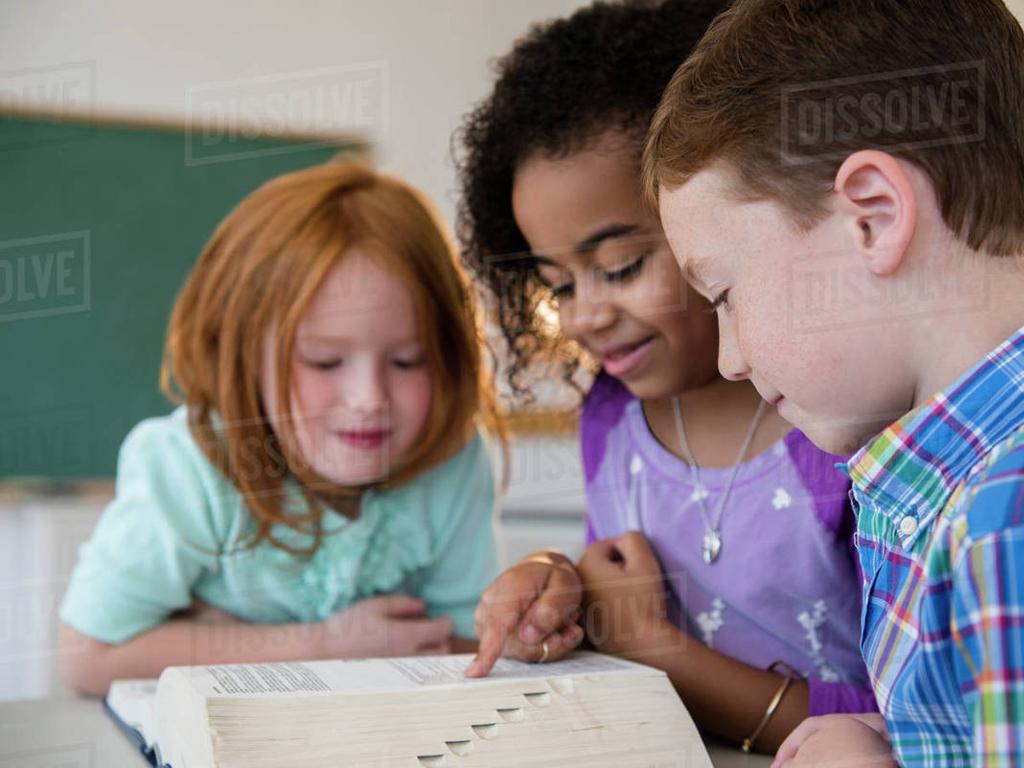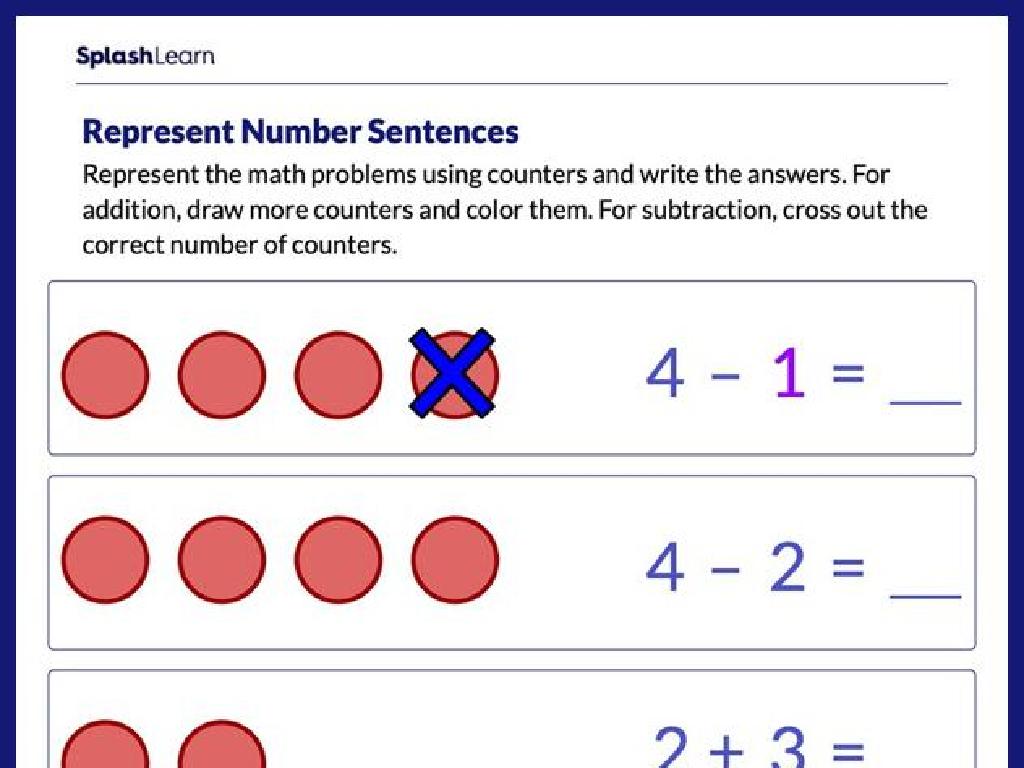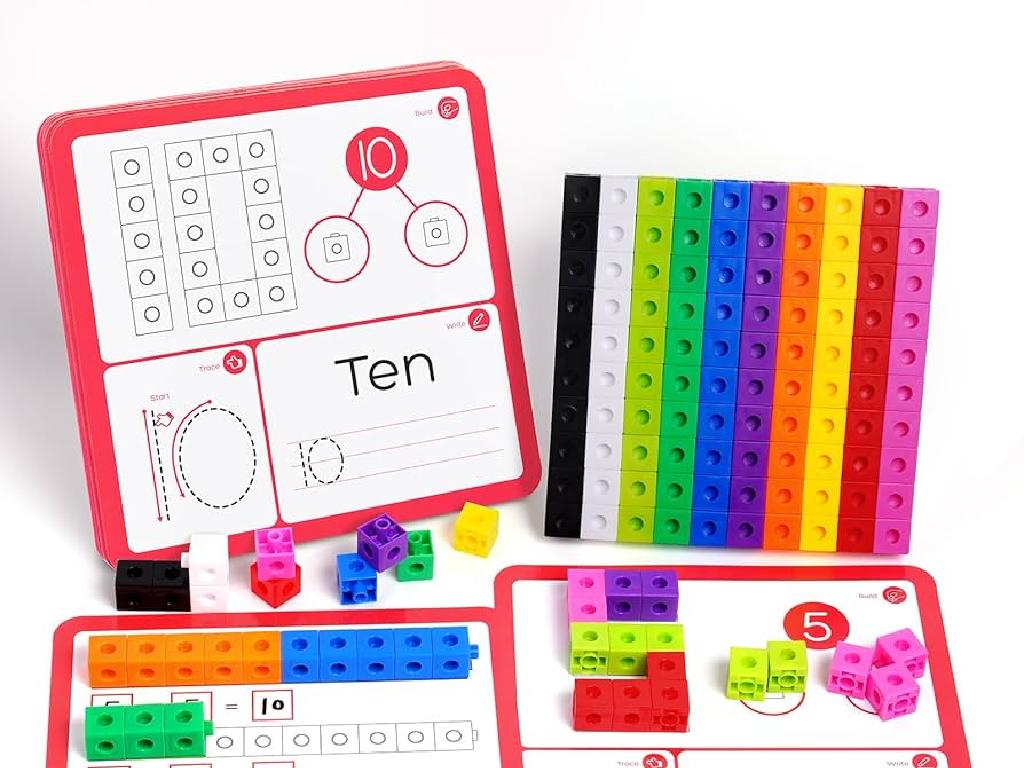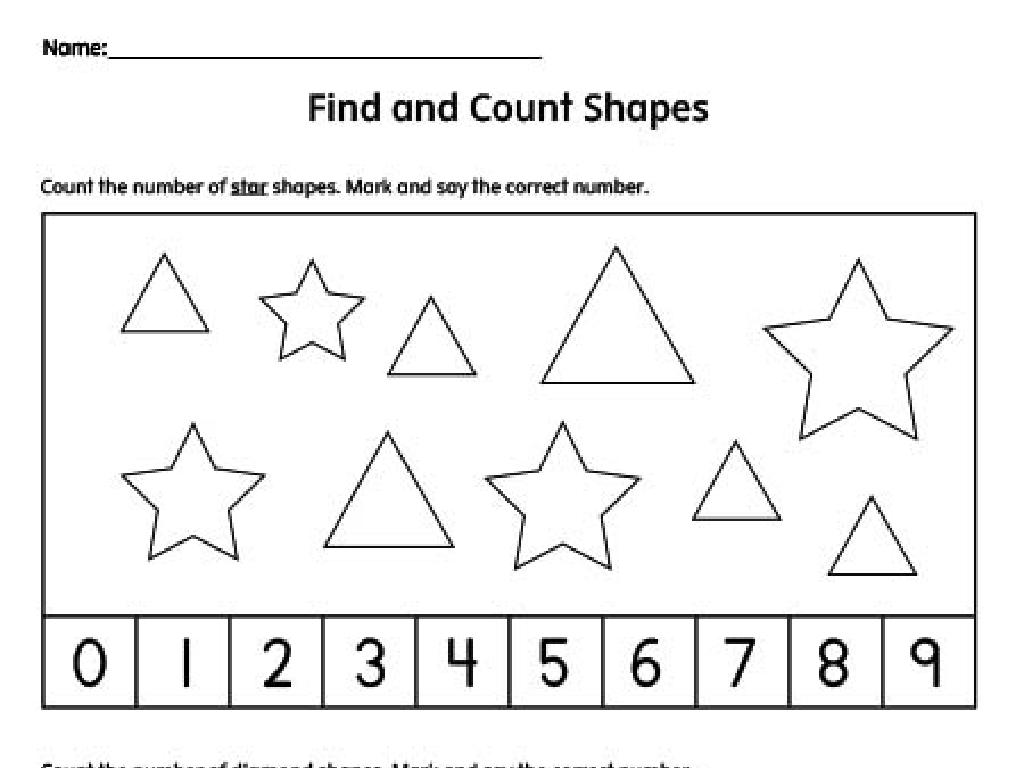Producers And Consumers
Subject: Social studies
Grade: Third grade
Topic: Basic Economic Principles
Please LOG IN to download the presentation. Access is available to registered users only.
View More Content
Producers and Consumers in Our Community
– What are economic principles?
– Producers make goods or services
– Examples: Farmers grow food, bakeries make bread
– Consumers buy and use goods or services
– Examples: Families shopping for groceries, kids buying ice cream
– Their role in the community
– They help our community grow and thrive
|
This slide introduces the basic concepts of producers and consumers, which are fundamental to understanding economics. Producers are individuals or businesses that create goods or provide services, such as farmers or bakeries. Consumers are people who purchase and use these goods or services, like families or children. It’s important for students to recognize that both producers and consumers are essential to the economy and contribute to the well-being and growth of our communities. Encourage students to think of examples of producers and consumers they see in their daily lives and discuss the interdependence between the two groups.
Understanding Producers
– Producers make or grow things
– Examples: Farmers, Bakers, Carpenters
– Farmers grow crops, bakers make bread, carpenters build houses
– Producers’ role in daily life
– They provide us with food, shelter, and other goods
– Importance of producers in economy
|
This slide introduces the concept of producers in the economy, aimed at third-grade students. Producers are individuals or businesses that create or grow products that we use in our everyday lives. Examples include farmers who grow fruits and vegetables, bakers who make bread and pastries, and carpenters who construct furniture and houses. Emphasize the importance of producers by discussing how they contribute to our daily needs, such as providing us with food and shelter. Encourage students to think of other examples of producers and how their work affects the community and the economy at large. This will help students appreciate the value of different professions and understand the basics of economic exchange.
Understanding Consumers
– Consumers: Who are they?
– People who buy or use goods and services
– Examples of consumers
– Shoppers in stores, students with books, families eating dinner
– We are all consumers
– Every day, we buy or use things like food, clothes, and toys
|
This slide introduces the concept of consumers to third-grade students. Begin by explaining that a consumer is anyone who purchases or uses goods and services. Provide relatable examples such as shoppers buying groceries, students using books and supplies, and families consuming meals. Emphasize that being a consumer is part of everyday life, as we all buy or use various products such as food, clothing, and toys. Encourage students to think about the last thing they consumed and share with the class. This will help them connect the concept to their personal experiences and understand the role of consumers in the economy.
Producers and Consumers: A Vital Relationship
– Producers and consumers need each other
– Like bees and flowers, they benefit from each other
– Producers create goods or services
– Think of a baker making bread for people to buy
– Consumers purchase these offerings
– When you buy a toy, you are a consumer
– This interaction drives the economy
|
This slide aims to explain the symbiotic relationship between producers and consumers in an economy, suitable for a third-grade social studies class. Producers are individuals or businesses that create goods or provide services, such as farmers, bakers, or teachers. Consumers are people who purchase these goods or services to satisfy their needs and wants, like families buying groceries or toys. Highlight the importance of this relationship by explaining that without consumers, producers would have no market for their goods, and without producers, consumers would not have the products they need or want. Use simple, relatable examples to illustrate these concepts, such as a lemonade stand or a local grocery store. Encourage students to think of themselves as consumers and to identify producers in their community.
Goods and Services: Economic Basics
– What are goods? Items you can buy
– Goods are things like toys, books, and pencils
– What are services? Paid help or work
– Services are like when someone cleans or teaches
– Classroom goods examples
– Desks, chairs, and markers are goods in our class
– Classroom services examples
– Our teacher teaching us, custodian cleaning are services
|
This slide introduces the concept of goods and services to third-grade students. Goods are tangible items that satisfy human wants and can be bought, such as food, clothing, and toys. Services are intangible activities that people do for others in exchange for payment, like teaching, cleaning, or haircuts. Use classroom objects as relatable examples for goods and discuss the roles people play in the classroom to illustrate services. Encourage students to think of other examples of goods and services they encounter daily. This will help them understand the roles of producers and consumers in the economy.
Needs and Wants: Understanding Economics
– Define ‘Needs’: essentials for living
– Needs are food, water, shelter, and clothing
– Define ‘Wants’: nice to have, not essential
– Wants are toys, games, and other fun items
– Classify items into needs or wants
– Use pictures of items and decide if they are needs or wants
– Discuss why it’s important to know the difference
|
This slide introduces the basic economic concepts of needs and wants to third-grade students. Begin by explaining that needs are things we must have to survive, such as food, water, shelter, and clothing. Wants, on the other hand, are items that we would like to have but could live without, like toys or electronics. Engage the class in an activity where they classify various items as needs or wants, which will help them understand the difference and why it’s important. This foundational knowledge is crucial for their understanding of economics and will aid in future lessons about budgeting and resource allocation.
Class Activity: Let’s Be Producers and Consumers!
– Set up a mini-market in class
– Choose to be a producer or a consumer
– Producers make goods or services
– Create items like bookmarks or offer help organizing desks
– Consumers buy with play money
– Use pretend money to purchase classmates’ items
|
This interactive activity is designed to help students understand the roles of producers and consumers in an economy. Set up stations around the classroom for the mini-market. Producers will use materials provided to create simple goods like paper airplanes, bookmarks, or offer services such as desk organization. Consumers will be given play money to spend on these goods and services. After the activity, lead a discussion to reflect on what students learned about economic transactions, the need for goods and services, and the basic concept of supply and demand. Possible variations of the activity could include negotiating prices, bartering, or even creating advertisements for their goods or services.





